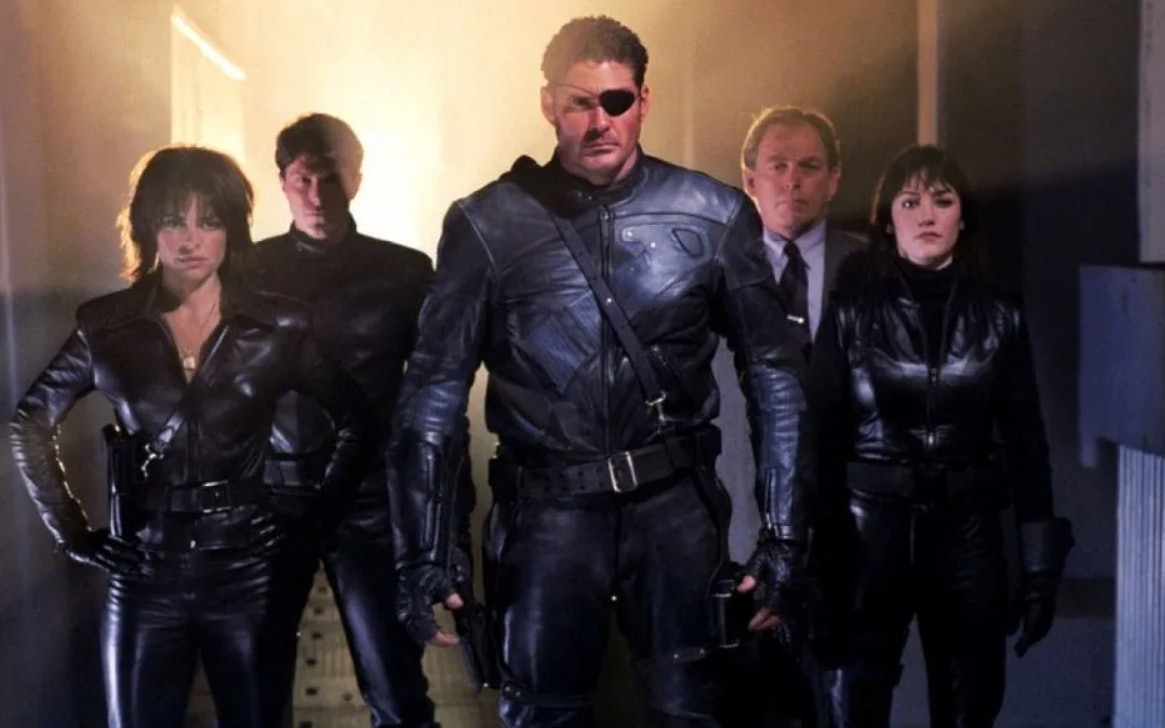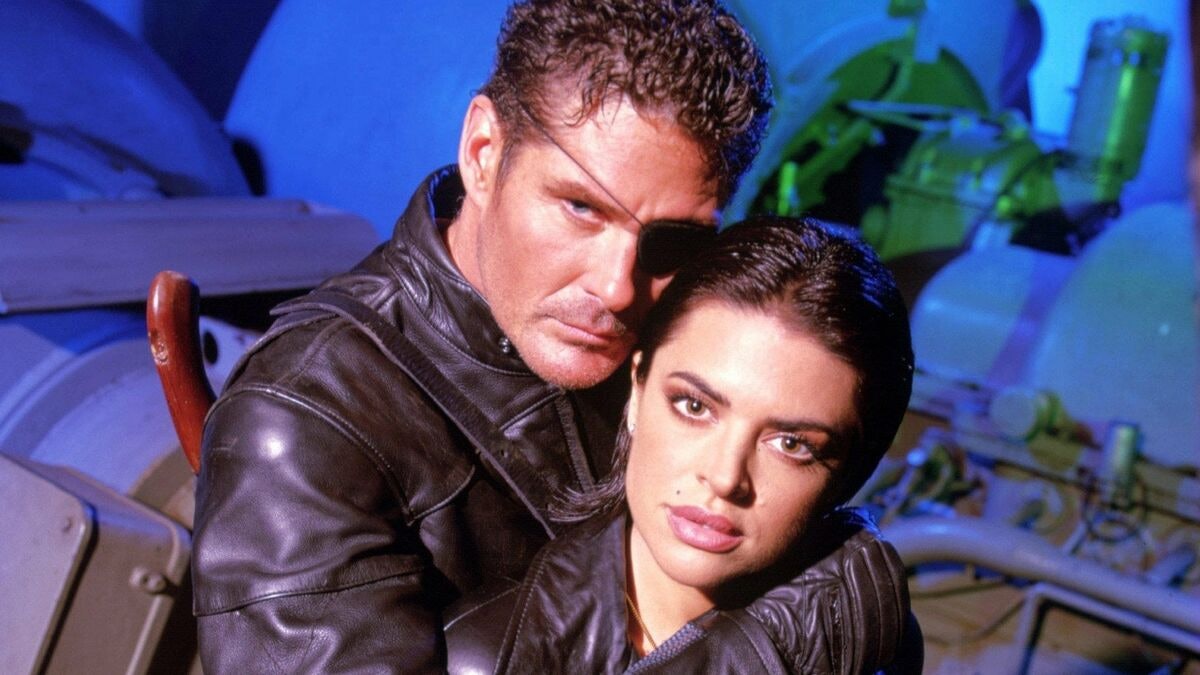
Had the mission been successful, we’d be living in a different Marvel Universe.
10 years before the MCU officially launched with Iron Man, David Hasselhoff became the face of one of several attempts to see Marvel’s comic books come to life in a multimedia franchise.
While the decades prior saw shows like The Incredible Hulk and The Amazing Spider-Man, and TV movies centered on Captain America and Doctor Strange, Nick Fury: Agent of S.H.I.E.L.D. was on a different wavelength. As if aware of the imminent dominance of big-budget superhero franchises — the theatrical X-Men would open just two years later — and with none other than The Dark Knight’s David Goyer as its writer, Nick Fury had its future in mind as a movie designed to soldier on as a TV series.
25 years later, it’s irresistible to speculate about what could have taken off in a TV series centered on Marvel’s spy heroes. It’s probably for the best that we don’t inhabit the one Earth in the multiverse where David Hasselhoff is the face of Marvel. Still, revisiting his starring role in Nick Fury: Agent of S.H.I.E.L.D. is novel, even if the movie is comically average.
The fact that anyone even cares about Nick Fury today is thanks to one artist: Jim Steranko. In the mid-’60s, Steranko was an up-and-coming talent given an offer by Stan Lee to take the reigns of any Marvel title. Steranko chose Nick Fury. The character was born in the comic book series Sgt. Fury and His Howling Commandos, a military tale that epitomized World War II-era masculinity.
Inspired by spy-fi pop culture like James Bond and The Man From U.N.C.L.E., Stan Lee retooled Nick Fury into a worldly spy besieged by omniscient terrorists and femme fatales. After Lee’s brief run, Steranko took over and imbued mind-melting imagery and optical illusions rooted in ‘60s psychedelia. Along with heaping doses of sensuality that skirted around the parochial Comics Code Authority, Nick Fury: Agent of S.H.I.E.L.D. became one of Marvel’s most transgressive comics.

The movie, ostensibly an adaptation of those comics, sacrifices virtually all of Steranko’s arresting artistry for a bland functionality that occupies the boring middle ground between Mission: Impossible and Stargate. Directed by TV veteran Rod Hardy, the movie is riddled with action blockbuster clichés on a direct-to-video budget, with vanilla framing and clearly limited production design. There’s some semblance of ambition, though anything good remains at odds with Hasselhoff’s performance, which at different times is either in on the joke or utterly clueless to the intended tone. With all due respect to the star of Knight Rider and Baywatch, Nick Fury doesn’t allow Hasselhoff to ever feel like a proper action hero worthy of his own series.
There’s no debate that Samuel L. Jackson is an infinitely better Nick Fury, but that’s also an unfair comparison; one TV movie from 1998 can’t compare with one of the biggest blockbusters of the 21st century. But in the MCU there’s a clear reverence, not just to the spirit and aesthetics of comics, but an intrinsic understanding of why spy figures like Nick Fury are so enigmatic. Hasselhoff’s version is too brutish and unambiguous to be engaging. It has its charms — it’s hard not to have any when the Hoff is involved — but between the two Furys, one is in a different league.
At a clean 90 minutes, there are worse ways to kill time than with Nick Fury: Agent of S.H.I.E.L.D. There are few redeeming qualities beyond the basic thrill of seeing Hasselhoff do his thing while trying to imagine how the rest of the Marvel Universe would have fit inside this continuity, but that speculation alone makes for a fun time. Nick Fury isn’t anyone’s favorite Marvel movie, and you don’t need two eyes to see why. But it’s certainly a memorable one.







